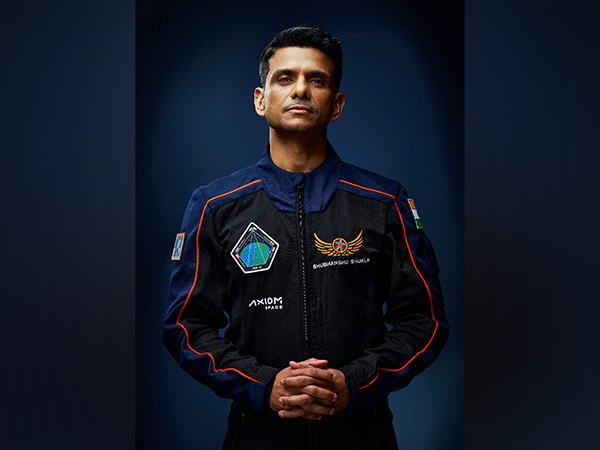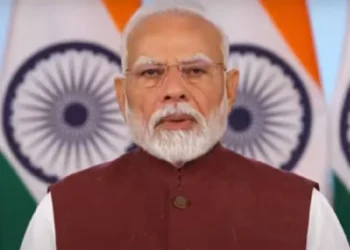Wing Commander Shubhanshu Shukla and Indian Air Force (IAF) officer, who recently were elected ‘head’ astronaut for the Gaganyaan Mission of the Indian Space Research Organization (ISRO), were pilot for the Axiom Mission 4 prescribed for Vasant 2025 Has been selected as
Shubhanshu Shukla, a serving officer of the Indian Air Force, will be the pilot of the X-4 mission. The X-4 mission will be commanded by NASA’s former NASA astronaut Paigi Whitson, who is the director of the human space flight of the Axiaom Space. The two mission experts are ESA project astronaut Slavos Slavos Uznansky-Visnivsky and Hungary to Tibor Kapu.
The X-4 mission will realize the “return” of human space flight for India, Poland and Hungary, as it will be the first government-sponsored flight of each country in more than 40 years.
Shubhanshu Shukla will be the second astronaut of India to go into space since 1984. His visit began when he was commissioned in the IAF Fighter Wing in June 2006. As a fighter leader and experienced test pilot, he has an impressive experience of 2,000 hours of flight on various aircraft including SU-30 MKI, MIG-21, MIG-29, Jaguar, Hawk, Dornier and AN-32. His climb to the post of Group Captain in March 2024 reflects his extraordinary contribution.
In 2019, Shukla received an important call from ISRO. He took rigorous training at Yuri Gagarin Cosmonott Training Center in Star City, Moscow, Russia – one year preparation that shaped his destiny.
On February 27, 2024, Indian Prime Minister Narendra Modi declared Shukla one of the distinguished astronauts receiving intensive training for India’s first human spacecraft Mission, Gaganyaan, which is going to be launched in 2025.
In August 2024, Shukla was selected as the ‘Pradhan’ astronaut for the upcoming Indo-US Mission for the International Space Station (ISS). Group Captain Prashant Balakrishnan Nair was selected as a ‘backup’ astronaut.
It is noteworthy that for the three -day mission in the Gaganyaan project, a three -member team has been envisaged to demonstrate human space flight capacity by sending a team of three members to a 400 -km orbit and bringing them back to Earth.
Last year, India’s space sector has achieved remarkable growth and achievements, which has led to a new era of innovation and investigation.
From the successful lunar landing of Chandrayaan-3 to the launch of Aditya El1 Solar Mission, ISRO has demonstrated its abilities on the global stage. The organization has also progressed in its Gaganyaan Human Space Flight Program, conducted significant tests for reusable launch vehicles, and expanded its satellite portfolio with missions such as expoted and INSAT-3DS.
On January 29, ISRO successfully launched its GSLV-F15 at Sriharikota, Andhra Pradesh at 6:23 am. This was the 100th projection of ISRO from the country’s space port. In addition, the country has designed ambitious roadmap for lunar exploration and human space flight, including the plan of Indian space station by 2035.










